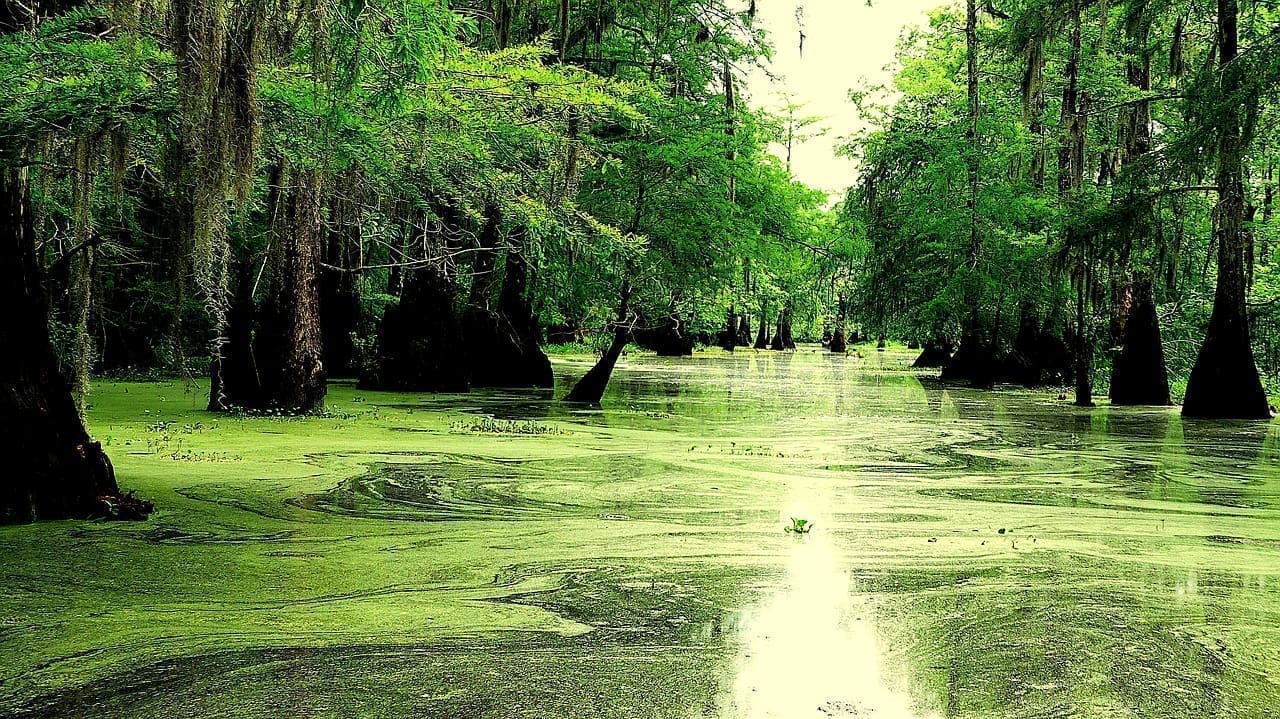Although the bayou might hold mystical secrets that monopolize tourists’ interests, Louisiana, like other oil and gas states, has a tainted past. Whether deep in the marsh or open and vacant land, the remnants of industry success are left behind as orphaned and abandoned oil and gas wells. To date, Louisiana has 4,700 of these, but they could become another pillar of the past thanks to the Louisiana Natural Trust Authority and its creation of Act 727.
As in other states, orphaned and abandoned oil and gas wells loom in response to multiple reasons, including operators seeking bankruptcy and even when production plays out, but their aging presence levies harmful impacts on the environment. Unfortunately, they often need to catch up with capital being directed at money-making scenarios instead of subscribing to the good steward of the land practices and moral responsibility of doing the right thing. Hope for a new beginning in Sportsman’s Paradise has surfaced with legislation that Tyler Gray, Louisiana’s Department of Energy and Natural Resources secretary, believes can open the doors to mitigating these wells.
State Rep. Brett Geymann, R-Lake Charles, and Rep. Jacob Landry, R-Erath, sponsored the creation of Act 727, which provides for the Louisiana Natural Resources Trust Authority. One of its primary focuses will be providing the state with a new stream of revenue dedicated to plugging those 4,700 orphaned and abandoned wells.
In past experiences, drilling companies must submit a bank-provided letter of credit to the state proving they possess the funds needed to plug wells. However, the state experiences significant challenges when trying to locate these drilling companies and secure the required funds should a well meet the end of its life cycle. The new Louisiana Trust Authority will ensure the process sees improvement by conducting financial risk assessments on companies wishing to initiate drilling operations. Once the risk level is determined, the authority will charge upfront money to protect the state’s interests. If the operator attempts to abandon the well, the state will have retained the funds to initiate plug and abandonment procedures.
“This initiative ensures that we can continue to harness the economic benefits of oil and gas production while protecting the environment,” said Andrew Young, assistant secretary of DENR’s Office of Mineral Resources, in a release. “By creating a robust financial mechanism to address the long-term impacts of energy development, we are securing the future of our state’s natural resources.”
The Department of the Interior (DOI) announced $1.15 billion in funding allocated through the Bipartisan Infrastructure Law back in 2022. Under this directive, President Biden earmarked $4.7 billion to address orphaned and abandoned wells at the federal level.
“President Biden’s Bipartisan Infrastructure Law is enabling us to confront the legacy pollution and long-standing environmental injustices that for too long have plagued underrepresented communities,” said Secretary Deb Haaland in a U.S. Department of the Interior press release from January 31, 2022. “We must act with urgency to address the more than one hundred thousand documented orphaned wells across the country and leave no community behind. This is good for our climate, for the health of our communities, and for American workers.”
Louisiana is acting urgently and has begun navigating the political waters to secure some funding outlined in the Infrastructure Law. The state’s DENR applied for an initial $25 million grant outlined by the DOI, which is tasked with administering IIIJA funds for orphaned and abandoned wells to the states through a framework of funding phases.
Taking an initiative-taking approach in ensuring the state avoids abandoned and orphaned well exposure in the future, a portion of grant monies will be directed at compiling data that reveals which wells have a high probability of being orphaned and abandoned, as well as a realization of risk factors involving methane emissions. Partnering the allocation of funds with implementing new standards, Louisiana is chartering a course to mitigate those 4,700 problem wells and ensuring the lessons learned from the past dictate an environmentally safe future.
Nick Vaccaro is a freelance writer and photographer. In addition to providing technical writing services, he is an HSE consultant in the oil and gas industry with twelve years of experience. Vaccaro also contributes to SHALE Oil and Gas Business Magazine, American Oil and Gas Investor, Oil and Gas Investor, Energies Magazine and Louisiana Sportsman Magazine. He has a BA in photojournalism from Loyola University and resides in the New Orleans area. Vaccaro can be reached at 985-966-0957 or nav@vaccarogroupllc.com.






